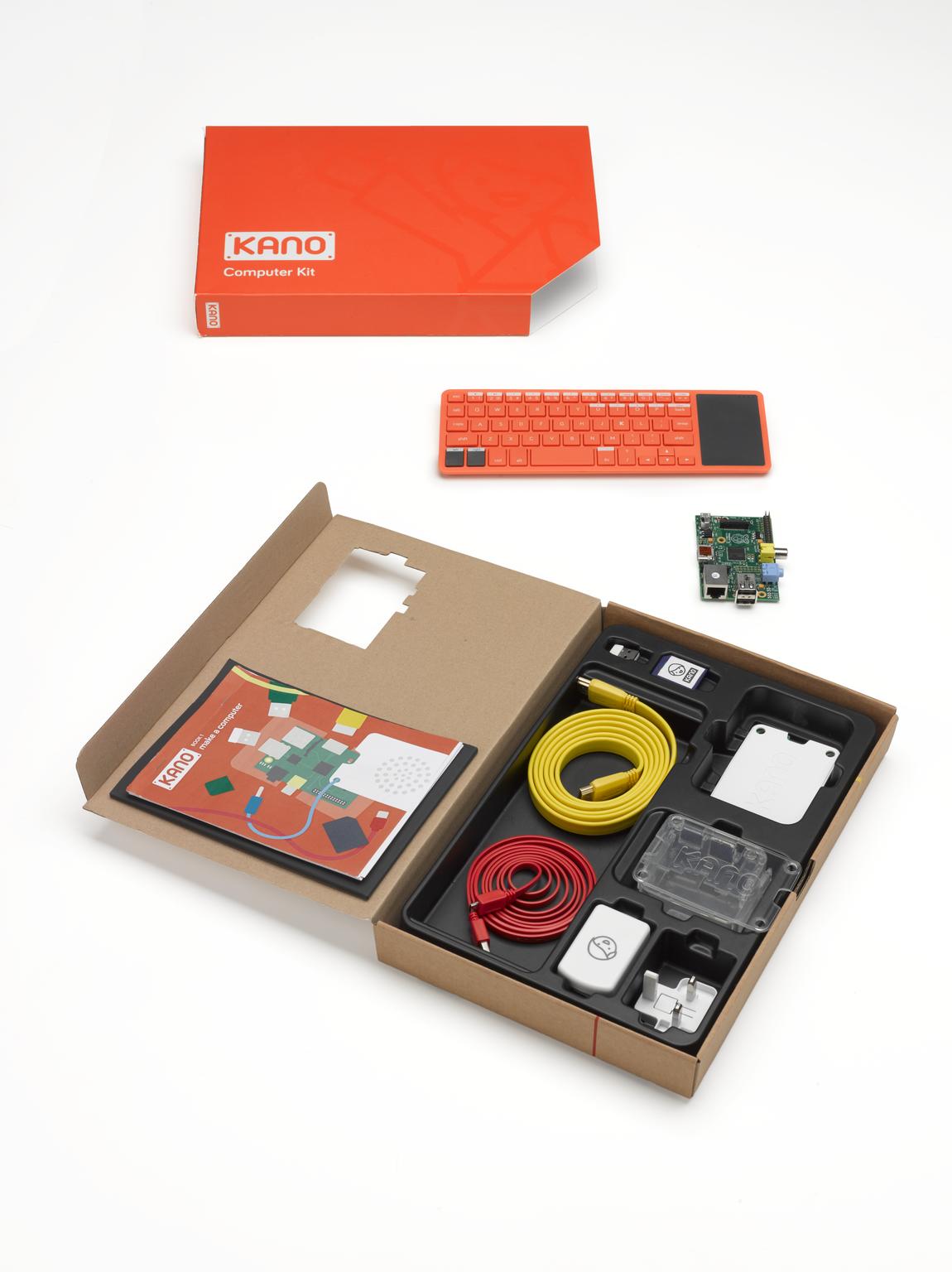Setting up a VPN (Virtual Private Network) on a Raspberry Pi can provide secure access to your home network from anywhere with an internet connection. Here’s a step-by-step guide to setting up a VPN server using OpenVPN on your Raspberry Pi:
1. Update and Upgrade Your System
Start by ensuring that your Raspberry Pi’s software is up to date:
sudo apt update sudo apt upgrade -y
2. Install OpenVPN
OpenVPN is one of the most popular VPN solutions. Install it on your Raspberry Pi with:
sudo apt install openvpn
3. Configure OpenVPN
You’ll need to configure OpenVPN with the necessary certificates and keys. A simplified way to do this is to use a script like PiVPN:
curl -L https://install.pivpn.io | bash
Follow the prompts to configure your VPN server. You’ll need to choose a user to manage the VPN, select the network interface, and define other settings like the port number and protocol.
4. Create a VPN Profile
After the installation, you can create a VPN profile for each device that will connect to the VPN:
pivpn add
Follow the prompts to create a profile, then transfer the generated .ovpn file to your client device(s) using a secure method like SCP or a USB drive.
5. Configure Port Forwarding
You’ll need to configure port forwarding on your router to allow VPN connections. Forward the port you selected during the OpenVPN setup (default is 1194) to the Raspberry Pi’s local IP address.
6. Connect to the VPN
Install an OpenVPN client on your device(s) and import the .ovpn profile. Connect to the VPN, and you’ll have secure access to your home network.
7. Optional Security Measures
Consider implementing additional security measures, such as firewall rules, to protect your VPN server.
Conclusion
Setting up a VPN on a Raspberry Pi is a practical way to secure and extend your home network. It’s an engaging project that can teach you a lot about networking and security. For more detailed information or troubleshooting, you may refer to the official PiVPN documentation.
Always remember to use strong passwords and follow best practices for security to keep your network safe. Enjoy your private connection!
